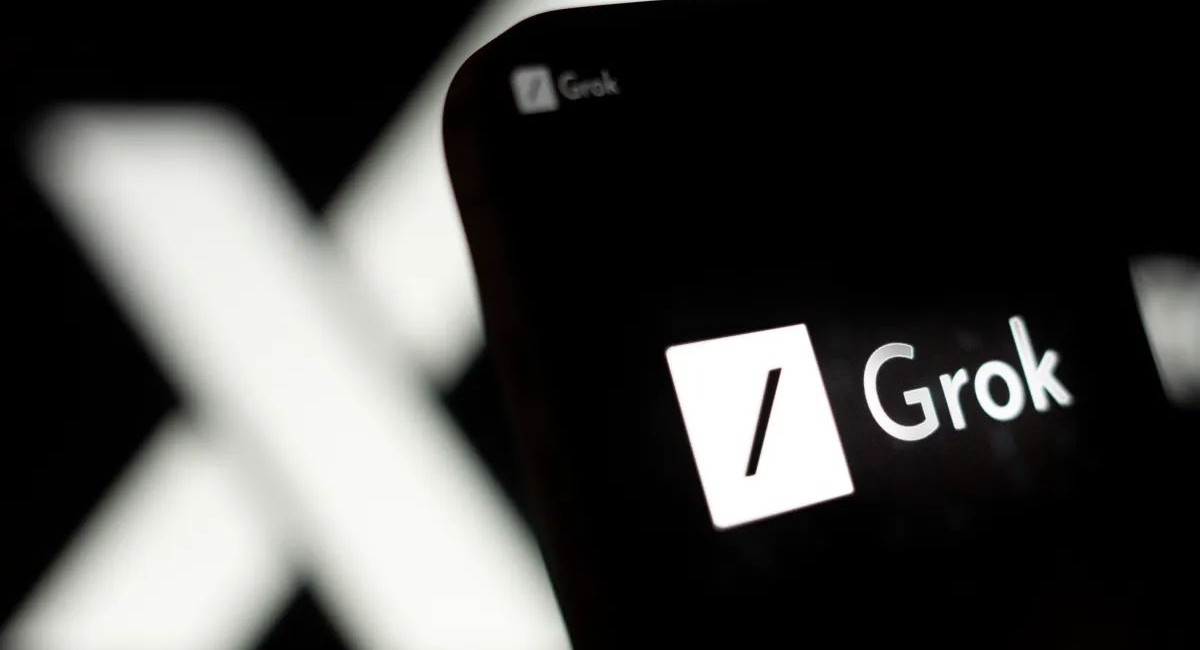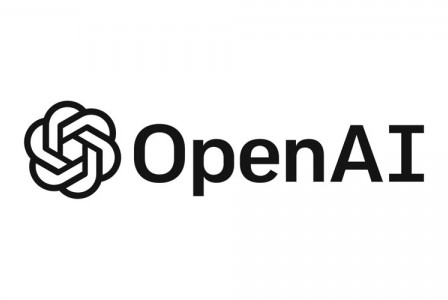SEARCH
xAI's Grok gets a memory feature to enhance conversation and personalization

SHARE IT
Elon Musk’s artificial intelligence venture, xAI, is making headlines again with the rollout of a new feature for its AI chatbot, Grok. Following the recent debut of Grok Studio—a collaborative workspace for users and AI to build projects like documents and code—the platform is now introducing “memory”, a highly anticipated feature designed to make interactions more seamless, contextual, and personalized.
This new capability, currently in beta, marks a significant step forward for Grok as it continues to evolve in a highly competitive AI landscape. The memory function allows Grok to retain information from previous conversations, enabling it to provide smarter, more tailored responses based on a user’s history and preferences.
Personalization Through Memory
With this update, Grok users can expect more continuity across sessions. For instance, if a user previously asked for movie recommendations, Grok could remember their favorite genres or actors and provide suggestions accordingly in future chats. This marks a shift from one-off, standalone interactions to more dynamic, long-term AI companionship.
The concept of memory in AI chatbots isn’t new. OpenAI’s ChatGPT has offered similar functionality, enabling it to recall user preferences and context over time. Google’s Gemini also uses memory to enrich responses and maintain contextual awareness. Grok’s new memory feature brings the platform into alignment with these major players, reinforcing its bid to be a serious contender in the AI assistant space.
How It Works
The memory system is now available through the Grok website and its mobile apps for iOS and Android. However, users in the EU and UK are excluded for now, likely due to regional data privacy regulations. xAI has not specified when the feature might become available in those markets.
Users can toggle memory on or off at any time through the platform’s settings, giving individuals full control over how their data is used. Additionally, Grok allows users to delete specific memories directly through the chat interface on the web version. Support for deleting individual memories on Android is expected to arrive in the near future.
This balance between personalization and user autonomy is key in today’s privacy-sensitive digital climate. By offering customizable controls and transparency, xAI appears to be taking a thoughtful approach toward building trust while still advancing its technology.
Integration with X
Another important element of Grok’s expansion is its tight integration with X, formerly Twitter, which is also under Musk’s ownership. Many Grok users interact with the chatbot directly within the X platform, and xAI has confirmed it is actively working on integrating memory into the X experience. Although there’s no specific timeline for this yet, it signals that xAI is pursuing a cross-platform strategy that could unify Grok’s presence across Musk’s tech ecosystem.
Such integration could give Grok an edge by offering a more immersive AI assistant that operates not just in standalone apps, but also natively within a social media environment. The long-term potential includes everything from personalized content suggestions on X to more intuitive engagement with trending topics and user-generated posts.
A Growing AI Rival
Grok’s memory feature is the latest move in an increasingly crowded AI assistant race, where large language models (LLMs) are being shaped not only by technical prowess but also by user-centric features and ethical considerations.
Unlike ChatGPT and Gemini, Grok is being developed with a distinct voice and tone—often aligned with Musk’s outspoken, sometimes edgy online persona. This approach has drawn both criticism and acclaim, but it helps Grok stand out in a space where brand identity can be as important as technical capability.
With the introduction of memory, Grok now joins a short list of AI assistants that can simulate more human-like conversations—not just reacting to questions, but remembering the people who ask them.
Looking Ahead
As AI assistants become more embedded in daily life, features like memory are no longer optional; they’re essential. Grok’s new capability aligns it with industry leaders while reinforcing its unique identity under the xAI umbrella.
In the short term, this move enhances Grok’s utility and user experience. In the long term, it paves the way for a more integrated AI that could play a central role across Musk’s growing suite of platforms—from social media to productivity tools and beyond.
As Grok continues to develop, all eyes will be on how well it can balance innovation, privacy, and user control, and whether its distinct voice can win over a broad user base in an already saturated AI market. But with memory now live and Grok Studio gaining traction, it’s clear that xAI is serious about building an intelligent assistant for the future—one that listens, learns, and remembers.
MORE NEWS FOR YOU

 Help & Support
Help & Support 

